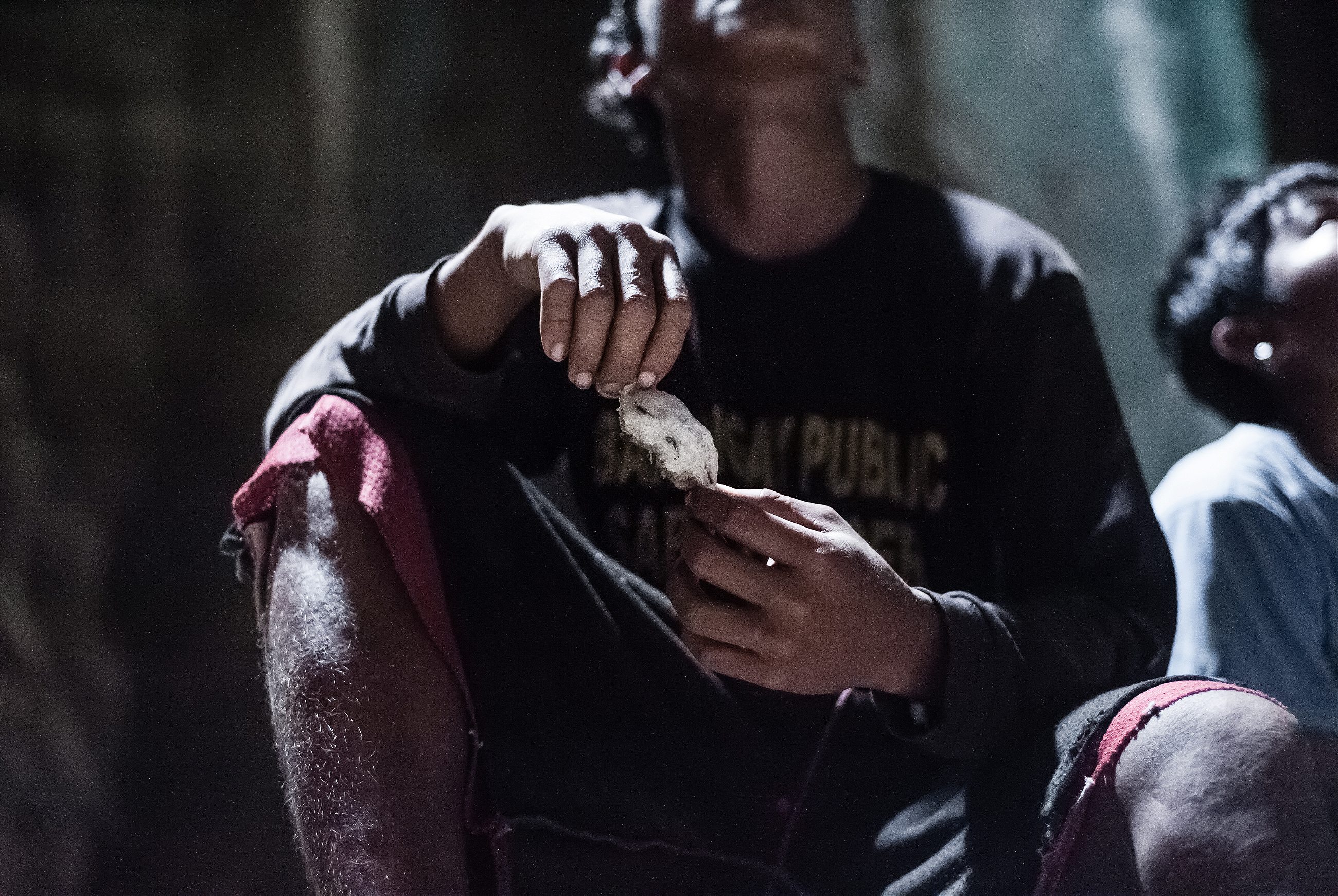On the tiny islands of Pabellon in the Philippines, the art of harvesting birds’ nests has endured for hundreds of years.
It’s early in the morning and Eduardo ‘Dado’ Gueriba is arriving on the shore of Pabellon with a group of men. The cliffs of the tiny Filipino islands tower a calm, greenish-blue sea and small wooden huts perched on boulders by the shoreline are dwarfed by giant limestone rock formations. After leaving their outrigger boat, the men set out along the beach carrying bundled ropes and bamboo poles. They are the nest gatherers of Pabellon.
Crafted by Aerodramus fuciphagus swiftlets from hardened strands of their gummy saliva, the bird’s nests here are among the world’s most expensive animal produce consumed by humans. They are typically made into ‘bird’s nest soup’, a Chinese delicacy renowned for a multitude of health benefits, such as raising libido and boosting the immune system. On Pabellon, high quality nests are sold for roughly PHP 180,000 ($3,785) per kilo.
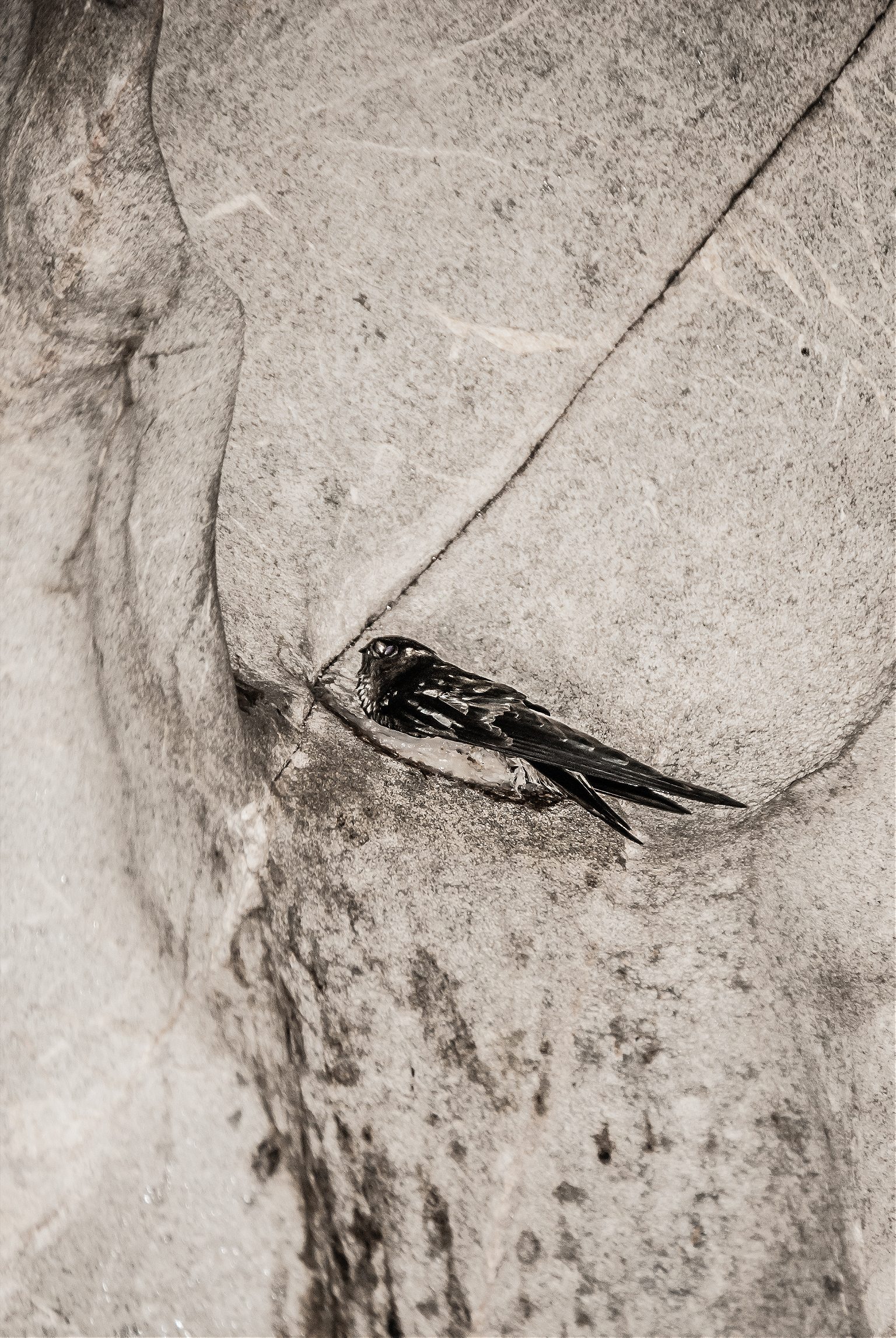
The group of men come from Maytegued Island nearby. Gueriba, their 45-year-old leader, has been climbing the craggy rock faces of Pabellon since he was six. But he’s not the oldest climber here. That title belongs to Gonzalo Ponce de Leon, 67, who gathered his first nest at 14.
“When we used to come here in the 1950s there were only ten or fifteen climbers, now there are more than fifty,” he recalls. “In those days we sold the nests to a Chinese man from Manila, who gave us roughly PHP 0.12 per kilo. The men would make around PHP 35 (79 cents) during each harvest, which was considered a good income at that time.”

When the climbers arrive on Pabellon, they start by cleaning the walls of the caves.
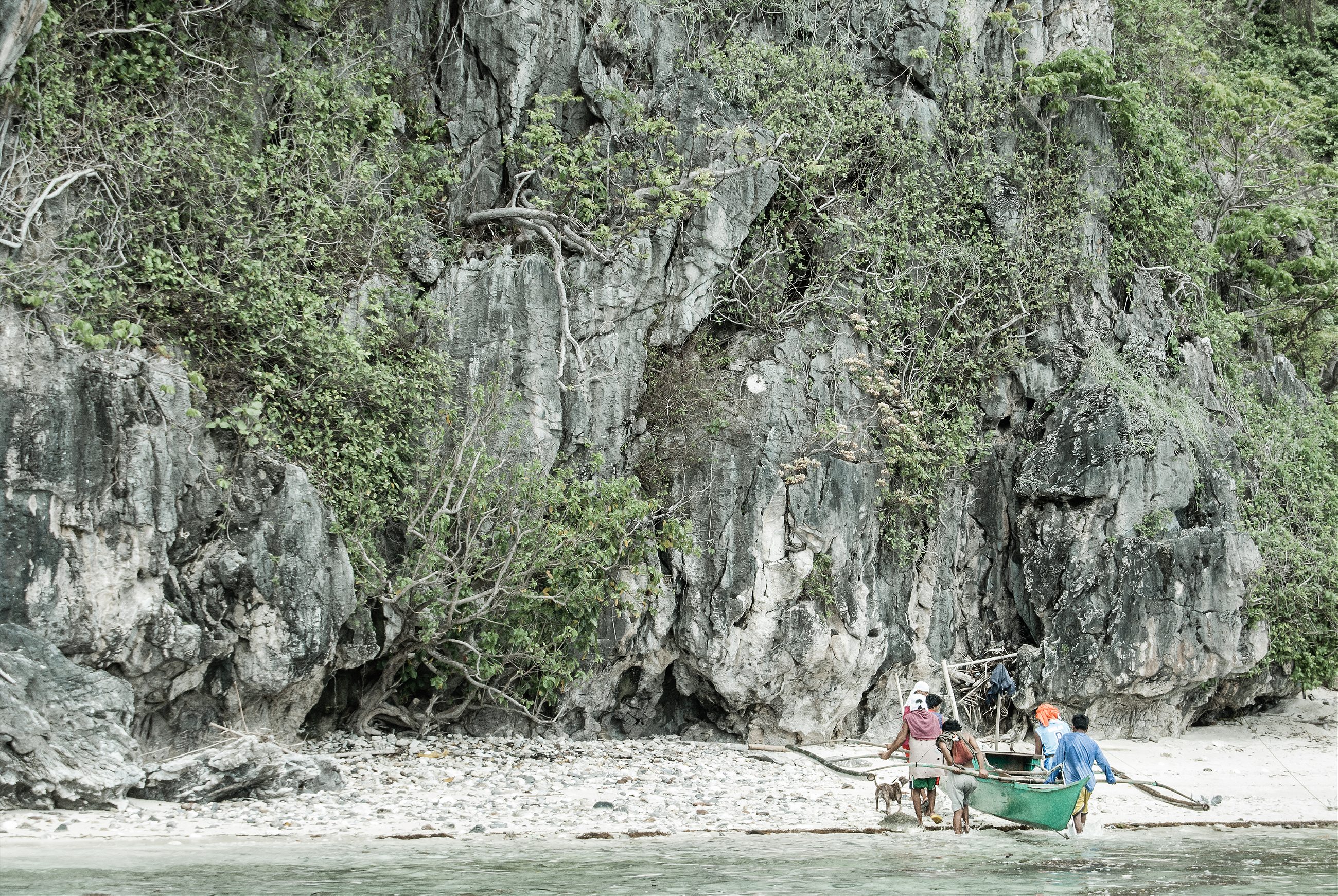
Located in Taytay Bay, in northern Palawan, Pabellon consists of two limestone karst islands sculpted by water over millions of years, creating a labyrinth of intricate cave complexes. These caves are home to the swiftlets (locally called balinsasayaw) from December until August each year, the season during which they mate, build nests and produce offspring.
Nest gathering is risky—the climbers, locally known as busyadores, are mostly barefoot and only use bamboo poles and a few ropes to reach caves hundreds of feet high. Inside, they continue their ascent on slippery rocks in the darkness. Traditionally, they found their way carrying burning tree sap wrapped in palm leaves, but nowadays climbers carry small flashlights.

“Most of us prefer free-climbing,” says Gueriba, whose grandfather taught him how to navigate Pabellon’s caves forty years ago, “but there are many areas where the climbers need ropes or bamboo to scale sheer rock faces or cross gaps in the cave walls.” The rugged limestone can be perilous.
“Some rocks are loose so you must ensure that each one you hold onto is secure. During my lifetime alone, two men have fallen to their death,” he says. “When my nephews climb with me, I warn them to never remove their hands if they are not absolutely sure of the rock beneath their feet.”

Thieves have been known to come in the dead of night.
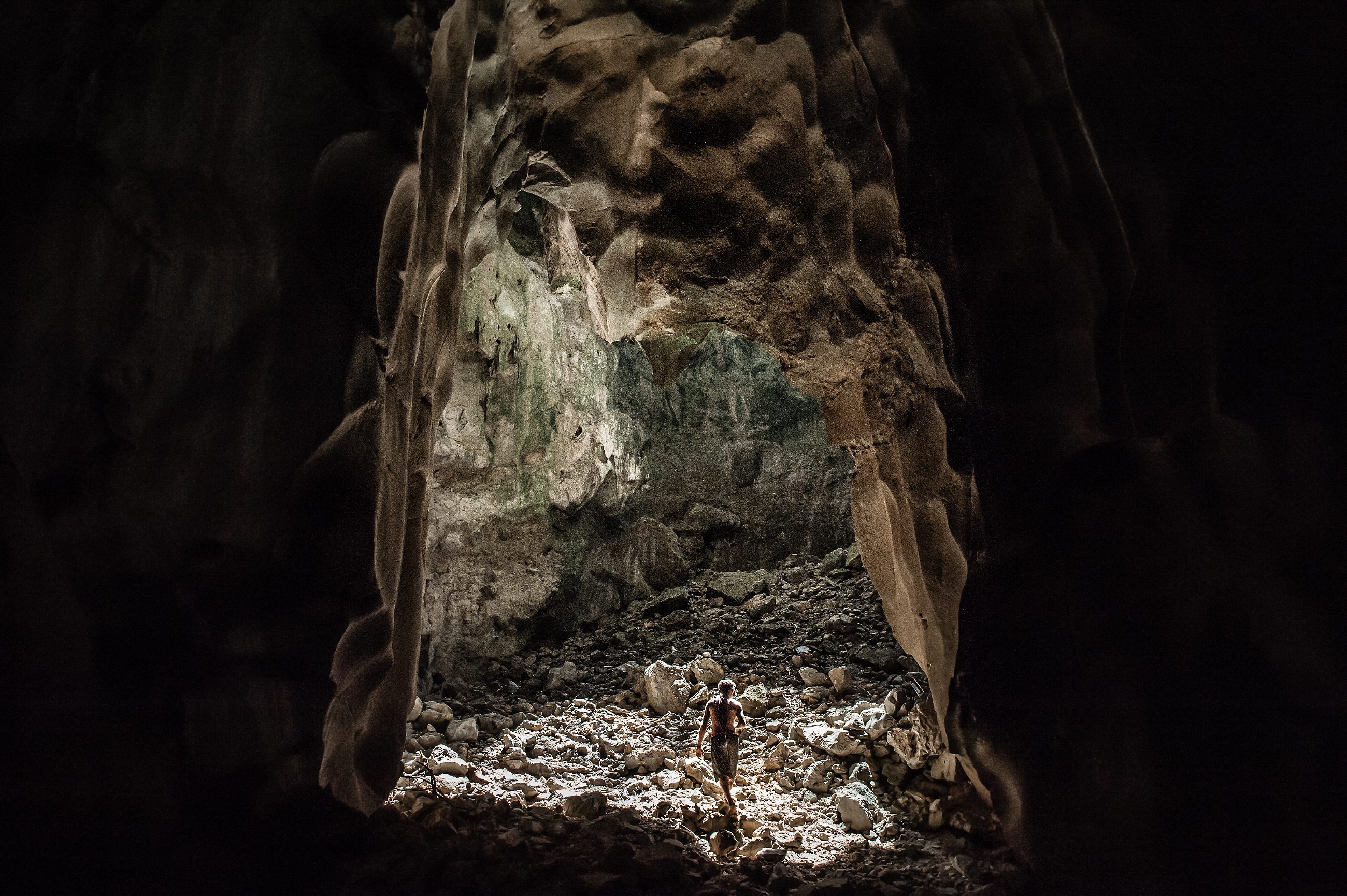
The harvest takes place from December until June and, during these months, the busyadores climb up to the caves every twenty to fifteen days. In June and July, the swiftlets are left to re-build their nests and produce offspring. Each cave is traditionally cared for by a particular family, who is responsible for gathering the nests.
When the climbers arrive on Pabellon in early December, they start by cleaning the walls of the caves, removing debris from the previous year so that the swiftlets can build on clean walls. If left to natural processes, it might be years before the walls were clean enough to provide a suitable nesting area. In this sense, the relationship between the busyadores and the balinsasayaw is truly symbiotic.
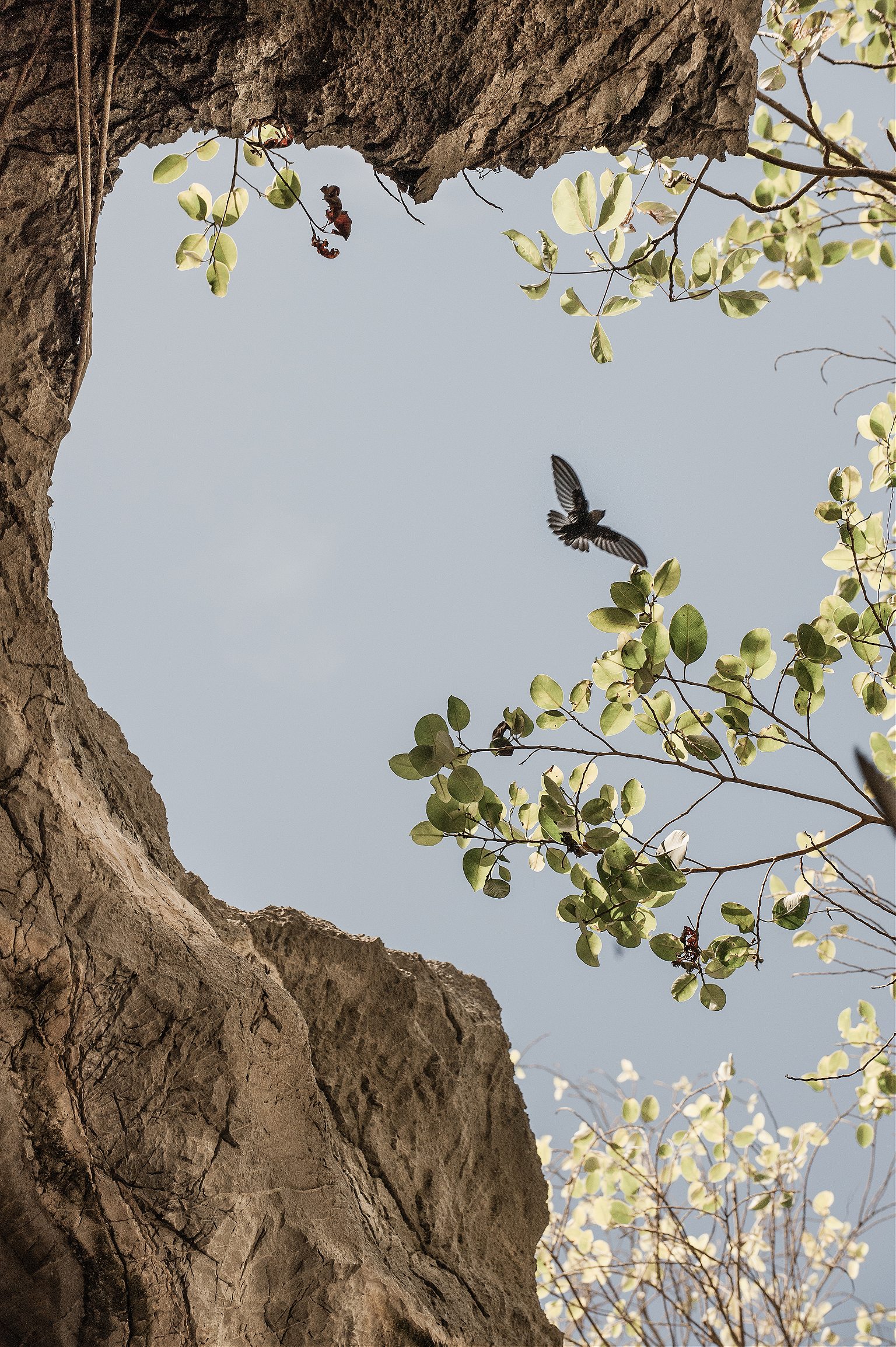
That wasn’t always the case, though. In 1920, the local government started selling concessions for harvesting Pabellon’s nests directly to traders, most of whom were Chinese. But in the late 1990s the climbers began finding traces of blood in the nests, a possible indication that the bird population was under stress.
“It was difficult during the time of the Chinese concessioners as they had complete control over the harvest,” remembers Gueriba. “They wanted to make as much money as possible and forced us to keep climbing and collecting nests even after the birds had laid their eggs.” The bird population suffered during that time. The climbers explained to the concessioners that some nests must be left for the birds to hatch their eggs but they ignored the advice and forced the climbers to collect them all.

So in 2005, the busyadores formed a cooperative and bought the concession for Pabellon from the local government. Since then, a more sustainable harvesting system has been in operation.
“Since we formed our own cooperative things have been much better,” says Gueriba. “We are now the ones in control of the harvest. Our income depends on the market value of the nests, rather than on middlemen. We take care of the balinsasayaw population, giving them time to reproduce so that they continue to return to Pabellon each year.”

The climbers now pay a tax of about PHP2.6 million ($54,718) to the municipal government every year, 20 percent of which goes to the Palawan Council for Sustainable Development. In return, the municipality helps the busyadores to police Pabellon – a huge challenge since thieves have been known to come in the dead of night, leave their boats far from the island and swim to the shore before climbing up to the caves.
Before deftly lifting himself onto the rock, Arthur Cavalda, 18, makes the sign of the cross. He places a bamboo pole pointing up the cliff in front of him and moves quickly, springing from one position to another, repeating the movements of his forefathers from hundreds of years ago. “Climbing comes to me so naturally,” he says. “I don’t feel fear—it is just my way of life.”
